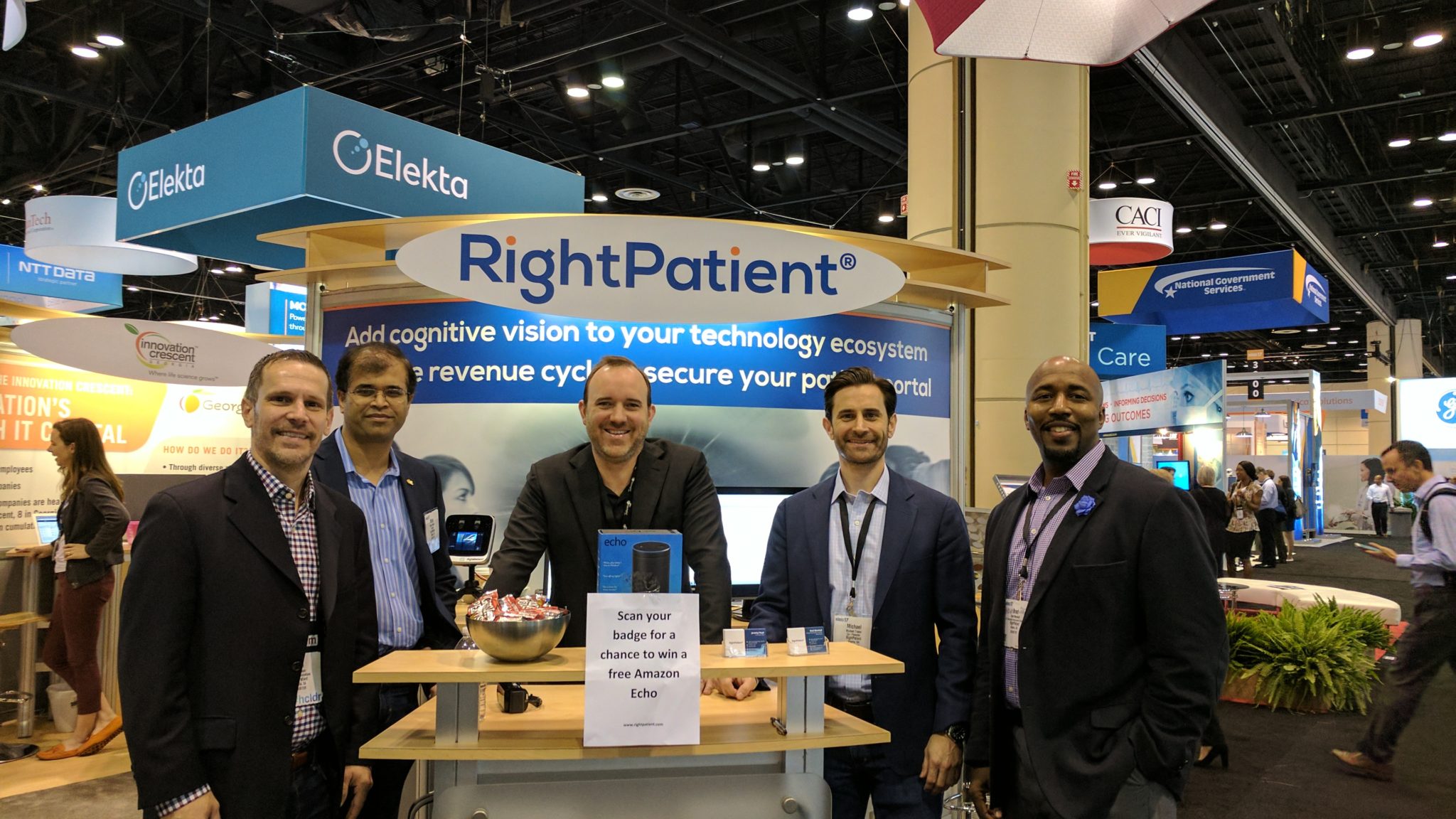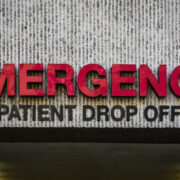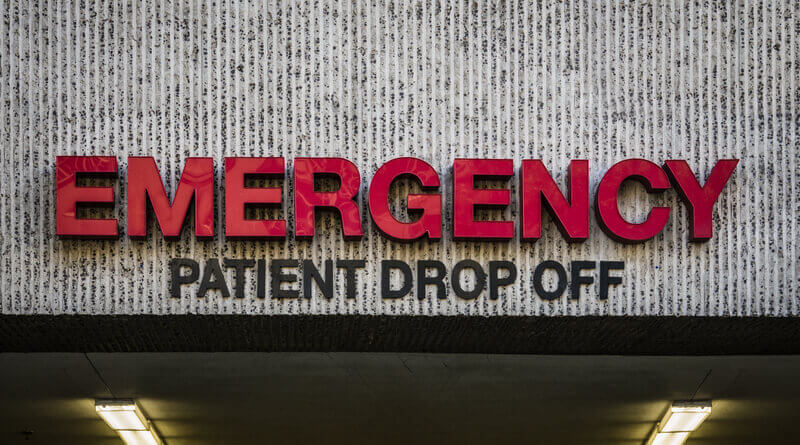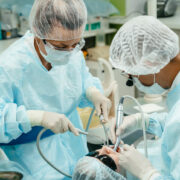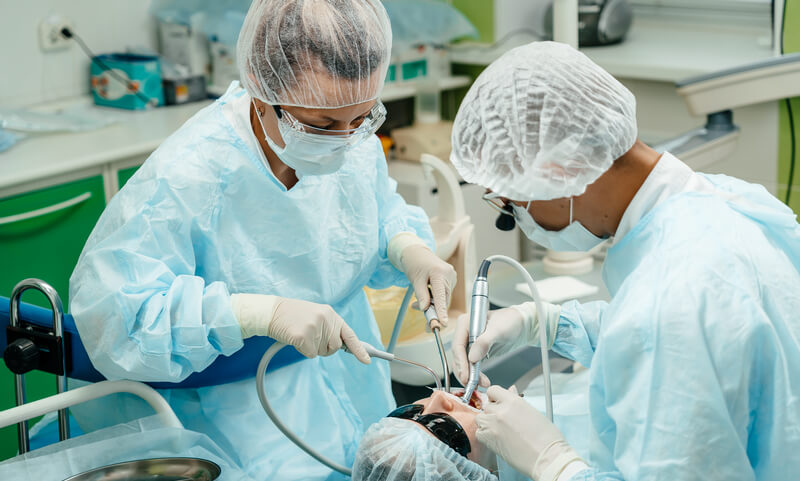The following post on patient safety in healthcare was submitted by Emma Turner.
Everyone is a patient. Whether it’s a simple cold or a complicated surgical procedure, sooner or later, we all need a doctor – and Patient Safety Awareness Week is a time to reflect on how healthcare organizations and patients can work together to keep everybody safe, healthy and happy.
The week marks the culmination of the United in Patient Safety campaign, and this year, will take place from 12 to 18 March.
We put a lot of faith in our doctors – and in theory, medical professionals take a great deal of pride in ensuring you receive the highest quality of care. But no matter how knowledgeable or skilful your doctor may be, accidents happen.

What can patients and doctors do together to ensure better patient safety in healthcare?
Here’s the reality: hospitals are places of trauma, where sick and seriously injured people look for help. This means that doctors are often overrun with a variety of crises, and feel compelled to work long hours seeing many different patients, often long into the night.
These working conditions would make anyone crabby – but they can make doctors exhausted, and prone to making serious errors under pressure. And those mistakes can put your health, safety and even your life at risk.
How Many Fatal Medical Mistakes Occur Every Year?
New research shows medical errors are a major problem. A study by Johns Hopkins Medicine suggests that as many as 250,000 deaths per year in the United States alone are due to some form of medical error. The study’s authors believe that medical error should now be regarded as the third leading cause of death in the country – and that many of these fatal mishaps are preventable.
In fact, the researchers caution against blaming so-called “bad” doctors, and point instead to an array of systemic failures that could lead to mistakes being made. These oversights include poor coordination of care between doctors and facilities, fragmented insurance networks, absent safety protocols, and avoidable variations in physician practice patterns.
Good News! Our Hospitals Are Becoming Safer
Efforts to avoid these mistakes from happening are working. The Agency for Healthcare Research and Quality (AHRQ) recently concluded that the number of illnesses or injuries that occur in hospital, or hospital-acquired conditions (HACs), has been steadily declining since 2010.
The agency estimates that between 2010 and 2014, hospitals were able to reduce HACs by 17 percent, a sure sign that local and national efforts to improve patient safety are paying off. A total of 2.1 million fewer HACs were experienced by patients in those four years, which is good news for anyone who finds that they need to be admitted to hospital, as it represents an overall increase in safety – and comes at a time when hospitals all over the country have ramped up their attempts to reduce adverse events.
Clearly, hospitals are embracing their duties of safety and care – and it’s not just your health that stands to benefit. By paying attention to the negative impact of unnecessary errors, the nation’s hospitals managed to save as much as $19.85 billion in costs between 2010 and 2014. Those savings are crucial, as they enable healthcare practitioners to offer their patients an ever-improving standard of care.
What Can Doctors Do About the Safety Standard in Hospital?
The resident experts in each hospital are responsible for improving conditions – and a new poll shows that more and more of those specialists are making progress. In the AHRQ’s Hospital Survey on Patient Safety Culture, 76 percent of respondents graded their work area or unit as either very good or excellent – while less than half of them reported at least one safety-related incident in their facility in the past 12 months.
While each medical error is as unique as the patient being treated, there are patterns and trends that present themselves over time. Some common causes of serious medical errors include poor planning, doctor fatigue, and failure in communication among healthcare staff, prescription of incorrect medication or dosage, and pharmacist error.
Some steps doctors and other healthcare workers can take to prevent mistakes are:
1. Plan meticulously before each and every surgical procedure or outpatient treatment;
2. Get enough rest and adhere to federal guidelines regulating doctors’ working hours;
3. Ensure open lines of communication between staff members and specialists, and from one stage of treatment to the next;
4. Look out for medication interaction issues due to previous prescriptions; and
5. Print each prescription notice neatly and clearly, and make sure the patient understands how, and how regularly, to administer their medication.
What Can You Do to Avoid Becoming the Victim of a Medical Error?
Hospitals are unique places, where traumatized patients seek help from frazzled or fatigued doctors. While strict safety standards are designed to prevent serious accidents, the combination of high stakes and human nature is bound to lead to mistakes every so often.
Fortunately, there is a lot you can do to ensure those errors don’t leave you more ill than when you walked in, or worse.
The first and most important step to take in avoiding a serious or even fatal medical mistake is to look past the white coat. Doctors are people too – they face challenging working conditions and a range of other strains and stressors, and despite their years of training and insights into mysterious illnesses, they are capable of making mistakes.
Here’s how to check in on your doctor’s diagnosis, and guarantee that you are receiving proper care:
1. Research as much as you can about your condition and the required treatment plan;
2. Study your doctor for signs of fatigue, and report them to management if you feel they are too tired or overworked to examine your case properly;
3. Make sure you know each individual in your healthcare team by name, including not just your primary care physician but nurses, surgeons and specialists, and ask questions to check that they are communicating openly with each other;
4. Be honest with your doctors about your full medical history, and tell them about any other medications you might have been prescribed by another doctor; and
5. Double-check your pharmacist’s instructions and make sure you understand how and when to take your medication.

Author: Emma Turner is a blogger writing for http://nursingschoolsnearme.com, a website helping students and established nursing professionals in a range of topics.

















